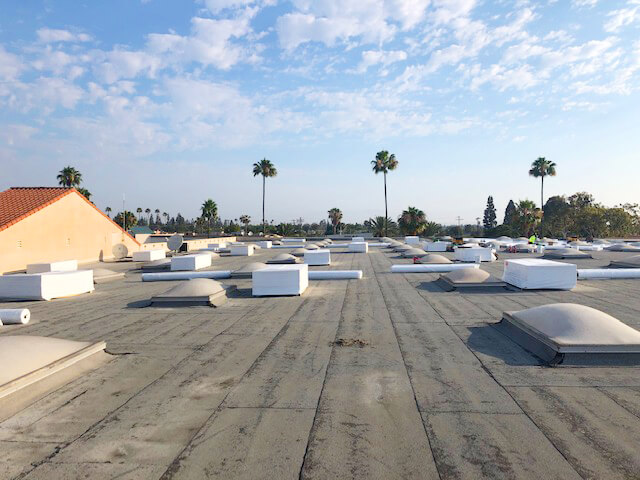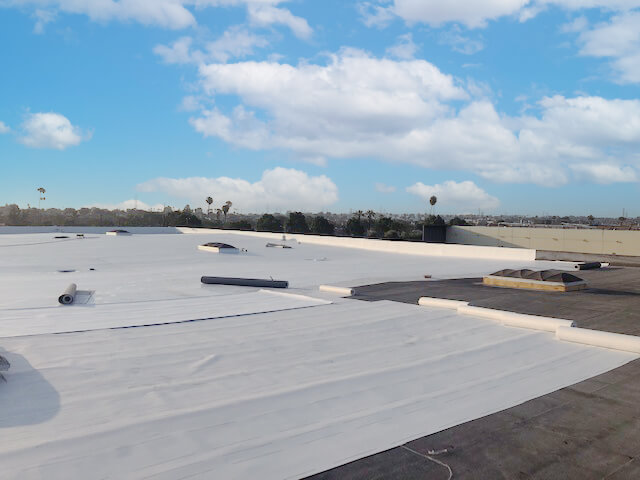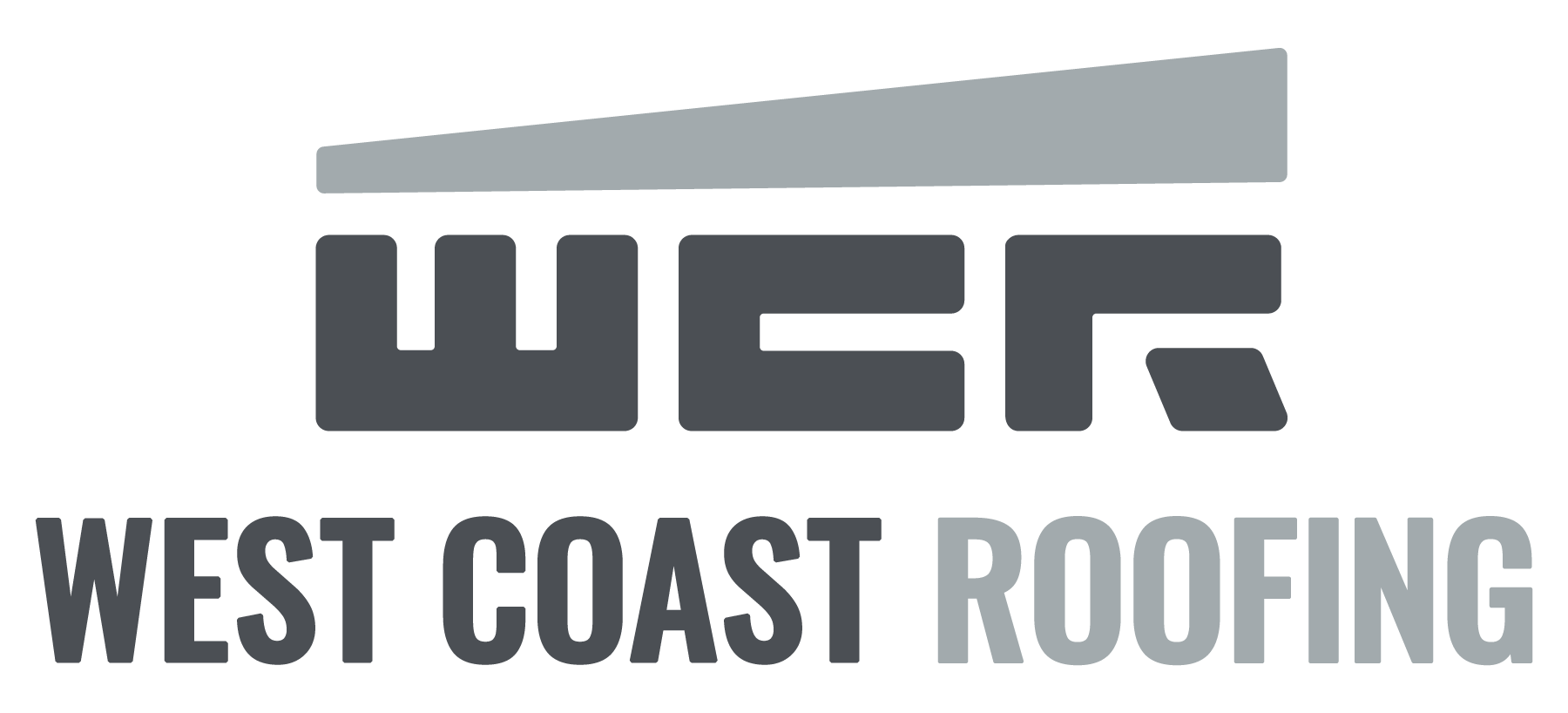Built-up roofing systems
Built-up roofing systems
Commonly referred to as “tar and gravel” roofs, built-up roof systems have been used in the U.S. for more than 100 years. Known as BUR, these systems are made of alternating layers of bitumen and reinforcing fabrics that create a finished membrane.
The number of plies in a cross-section is the number of plies on a roof. For example, the term “four plies” means a four-ply roof membrane construction. Sometimes, a base sheet—used as the bottommost ply—is mechanically fastened. Built-up roofs are considered fully adhered if applied directly to roof decks or insulation.
This low-slope roofing system continues to be the standard after all these years and is most likely the type of system that is on your current roof.

Modified bitumen roofing systems
Modified bitumen roofing systems
Polymer-modified bitumen or modified bitumen (MB) sheet membranes have been in use in the U.S. since the mid-1970s.
These roof membranes are made of reinforced fabrics that serve as carriers for hot polymer-modified bitumen. Much like BUR membranes, MB roof system membranes are composed of multiple layers. They’re usually installed as a two-ply system and are almost always are fully adhered.
This system’s flexible, almost rubber-like quality makes it perfect for buildings that show signs of movement.
There are two types of MB roofing membranes:
SBS polymer-modified bitumen membranes are commonly are installed in hot moppings of asphalt or cold adhesive. Some are self-adhering, which means they contain an adhesive backing.
APP polymer-modified bitumen membranes are typically heat-welded or torch-applied.

